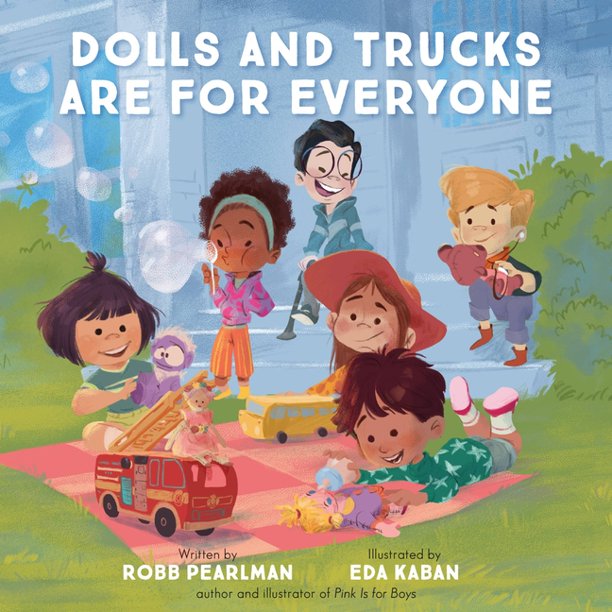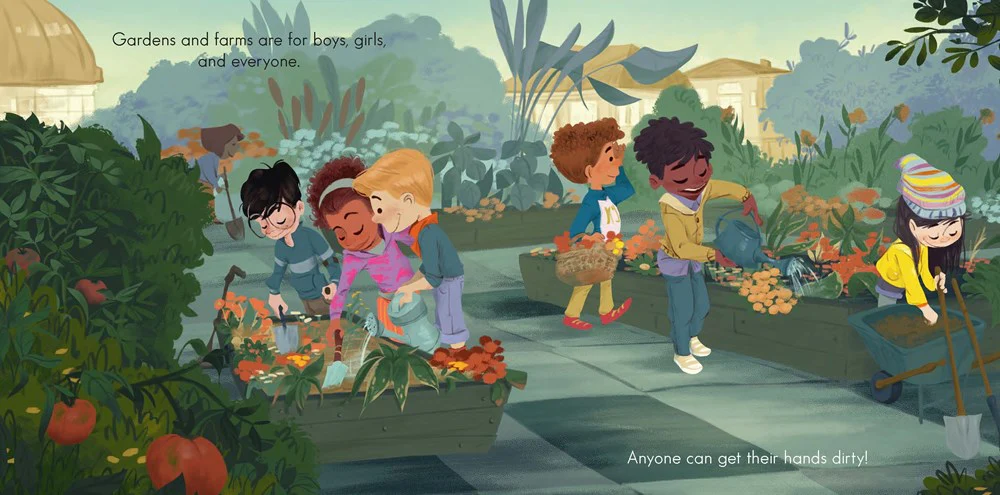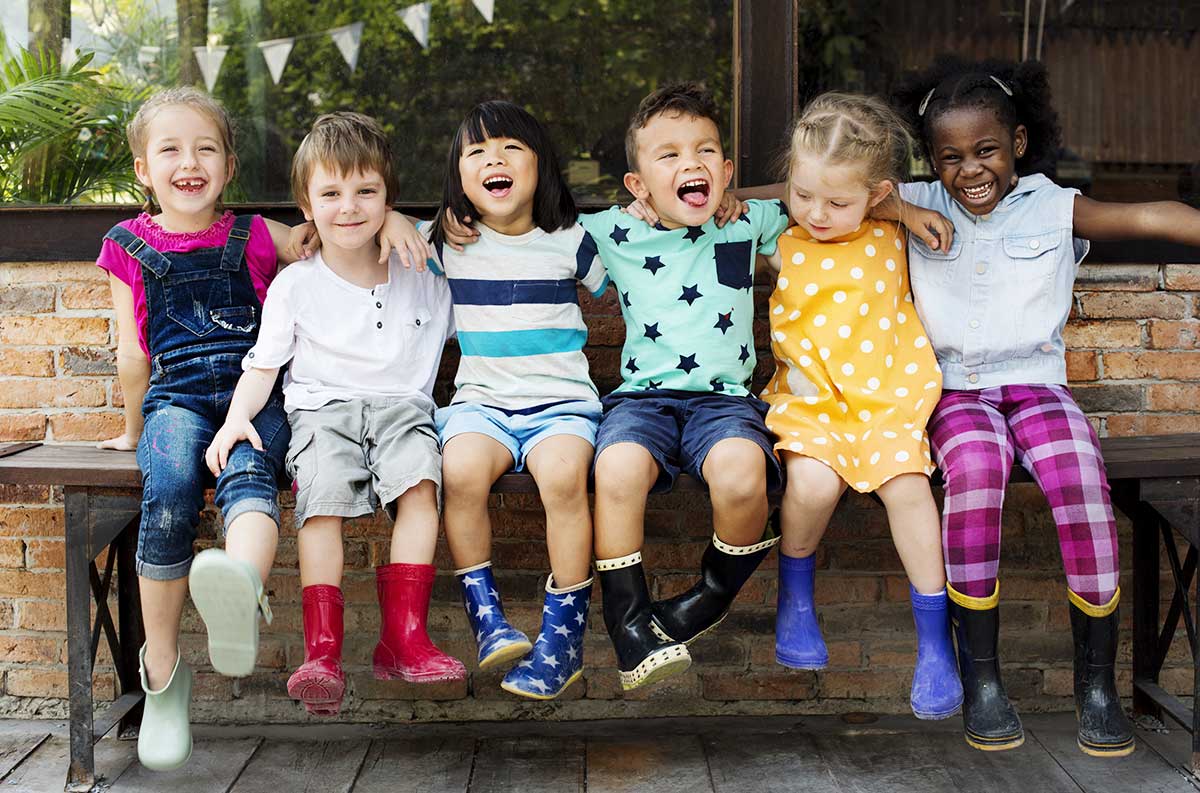
Inclusive Children's Book Teaching Guide
Dolls and Trucks Are for Everyone
What is this book about?
Dolls and trucks are for boys and girls, as are fabric and wood, flutes and drums, figure skating, hockey, dancing shoes, and many other toys, accessories, activities, and hobbies.
From the author and illustrator team behind the book, Pink is for Boys, comes this empowering, inclusive story that teaches young children that gender doesn’t define who you are or what you want to become.
Rather than being corrected or questioned, children’s play should be supported and celebrated—especially when that play is cooperative and provides children with opportunities to show empathy, kindness, and what it means to be a good friend.
Who is depicted in this book?
- Children who transcend gender stereotypes
What early childhood themes and concepts does this book explore?
- Cooperative play such as dance, pretend play, dress-up, and construction
- Behaviors associated with being a good friend such as sharing, helping, listening, and showing kindness
How does this book support anti-bias education?
Dolls and Trucks Are for Everyone emphasizes that any child, regardless of gender (referred to in the book as boys, girls and anyone), can play with any toy or engage in any type of play that they choose. Each spread depicts children playing cooperatively, helping friends, or acting out imaginary adventures.
Depending on how the book is shared or used—and the developmental level of the children—Dolls and Trucks Are for Everyone may be used to support the following core goals from the book, Anti-Bias Education for Young Children and Ourselves:
Identity—Teachers will nurture each child’s construction of knowledgeable and confident personal and social identities so that children will demonstrate self-awareness, confidence, family pride, and positive social identities.
Diversity—Teachers will promote each child’s comfortable, empathetic interactions with people from diverse backgrounds so that children will express comfort and joy with human diversity, use accurate language for human differences, and form deep, caring connections across all dimensions of human diversity.
How can this book be used to meet early childhood learning standards?
For all ages
Use Dolls and Trucks Are for Everyone to meet early childhood literacy standards
For children from birth to age three
Teaching suggestion: Point out play through action words such as dance, create, slide, and spin. Point out various familiar settings that the youngest children can react to, point at, or name.
What Illinois Early Learning Guideline does this meet for children from birth to age three?
Developmental DomainLanguage Development, Communication and Literacy
Standard: Expressive CommunicationChildren demonstrate the ability to understand and convey thoughts through both nonverbal and verbal expression.
Indicators for children:
- Begins to use telegraphic speech, such as “kids play” (16–24 months)
- Begins to use pronouns and prepositions (21–36 months)
Teaching suggestion: Point out the various ways that the characters in the book show kindness, help one another and demonstrate friendship.
What Illinois Early Learning Guideline does this meet for children from birth to age three?
Developmental DomainSocial-Emotional Development
Standard: EmpathyChildren demonstrate an emerging ability to understand someone else’s feelings and to share in the emotional experiences of others.
Indicators for children:
- Watches and observes other children (Birth–9 months)
- Shares in positive and negative emotions (7–18 months)
- Imitates comforting behaviors from caregivers (16–24 months)
- Shares in and communicates simple emotions of others (16–24 months)
- Communicates how other children may be feeling and why (21–36 months)
- Responds to a child in distress (21–36 months)
For preschoolers (ages three to five)
Teaching suggestion: Through conversation, make connections between the characters in the book and the children in your classroom by pointing out familiar places, things, events, and pretend play.
What Illinois Early Learning and Development Standards does this meet for preschoolers?
Language Arts Standard1CUse language to convey information and ideas.
Benchmark 1.C.ECa:
Describe familiar people, places, things, and events and, with teacher assistance, provide additional detail.
Teaching suggestion: Talk about how people sometimes say certain toys or play activities are only for certain people, and why they might believe this. Discuss how we can show respect and support for one another’s choices and interests.
What Illinois Early Learning and Development Standards does this meet for preschoolers?
Social/Emotional Development Standard31ADevelop positive relationships with peers and adults.
Benchmark 31.A.ECb:
Recognize the feelings and perspectives of others.
Benchmark 31.A.ECe:
Develop positive relationships with peers.
See inside this book.

What other resources are available?
Visit the author’s website to learn more.
